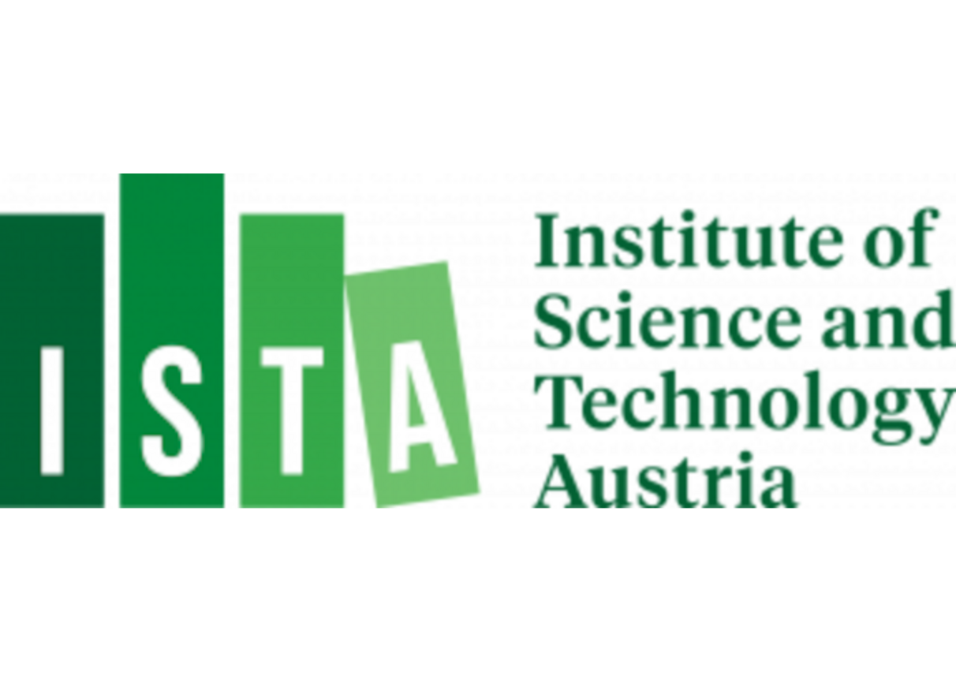On Thursday, 22 August, Benjamin Springstein from the ISTA will give a talk on:
“A chromosomally-encoded plasmid segregation system regulates cell shape in multicellular cyanobacteria"
Abstract:
The ParMRC system is well known for its role in segregating newly replicated low copy number plasmids. It consists of the actin-like ParM protein, which forms ATP-dependent, dynamically instable cytomotive protein filaments, the DNA-binding adaptor protein (ParR) and the parC centromere-like DNA element. Unlike in other bacteria, multicellular cyanobacteria, such as Anabaena sp. PCC 7120, encode a chromosomal ParMR system with potential implications in chromosome segregation. Here, we set out to understand the function and properties of the chromosomal ParMR system in Anabaena. Surprisingly, we did not observe any defect in DNA segregation in a parMR deletion strain, but severe morphological defects resulting in irregular, large and rounded cells, suggesting a role in cell shape maintenance. By combining live cell imaging and in vitro reconstitution experiments we could show that ParM does not form cytoplasmic filaments but assembles into dynamically instable polymers on the cytoplasmic membrane. In addition, we find that ParM filament bundling is directly dependent on a conserved unstructured N-terminal domain specific to multicellular cyanobacteria. Using cryo-EM, we show that ParM forms a left-handed, antiparallel, and slightly staggered helix with an unusually low pitch compared to previously characterized actin-like proteins. We also found that ParR does not interact with DNA but instead binds to membranes via a conserved N-terminal amphipathic helix specific to multicellular cyanobacteria, where it recruits ParM. We further provide evidence for a physical link between ParMR to the cell division and cell growth machinery through direct interactions with SepF and MinC as well as a low molecular weight PBP, respectively. MinC competes with ParR for binding of ParM and leads to rapid depolymerization of ParM filaments in vitro. Our discovery challenges the conventional understanding of the ParMR system as a sole DNA segregation system, expanding its functional repertoire to include a vital role in morphogenesis of the cyanobacterial cell.
Thursday, 22nd of August 2024
11:00 am
Seminar Room 3.1 (UBB)
Everybody is cordially invited to join!

